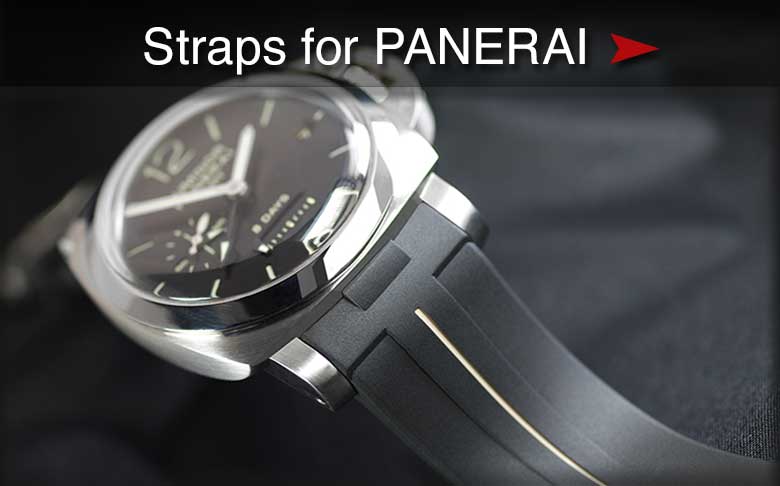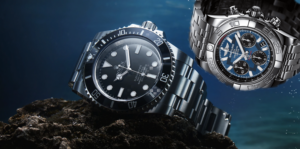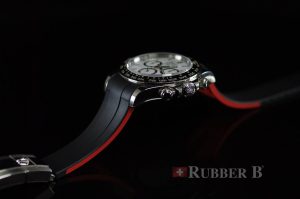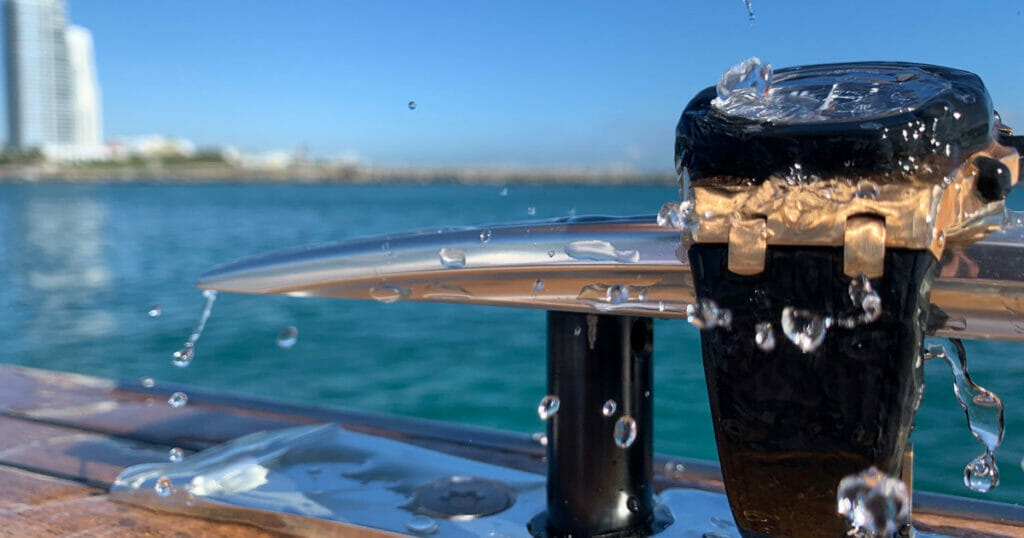
As the leading crafter of custom rubber watch bands, we here at Rubber B are truly and sincerely passionate about the wonderful world of watchmaking. And because our love of horology is so strong, we feel the need to share it with as many people as possible around the globe. No matter what time zone you live in or the language you speak, we want to share our message with you.
One of the ways we attempt to reach out to people, whether they are experienced collectors or just beginning their watch collecting journey, is on our blog. We devote a significant amount of time on this platform to producing high-quality and informative articles about horology. If you’re wanting to learn more about important watchmaking news, understand the history of the craft a bit more, or understand the mechanical and technical aspects of building a watch, then the Rubber B blog is a fantastic place to start.
Those who are genuinely passionate about a topic often love to teach others about that topic as well, and we hope that you find these articles to be both informative and accessible.
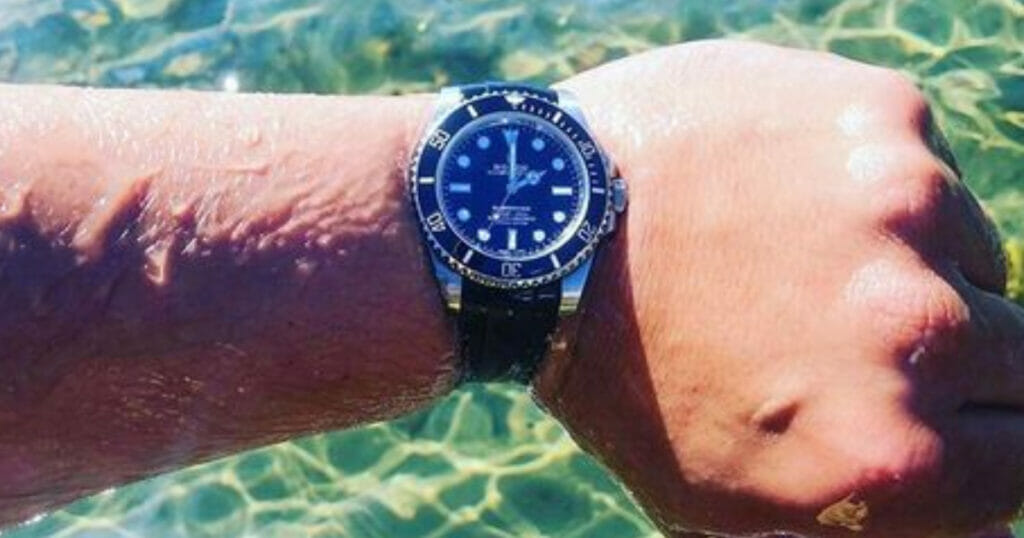
This particular blog post will be the newest entry in our ongoing “Rubber B Presents…” series, which is a heading that we reserve for more long-form, educational type posts that tend to function more as starter guides to a particular topic as opposed to just a traditional “blog post.” This means that we will be taking a deep dive into a particular topic today, and we sincerely hope that you have learned something of import at the conclusion of this piece.
One of the most commonly asked questions about watch collecting, especially by those who may be just starting out on their journey, is what is the difference between a waterproof watch and a water-resistant watch?
This is an excellent question, however, it is not one that can be simply answered. Because these terms are often used interchangeably, and because of some gray areas in advertising, which we’ll touch on below, it is important to not only define each of these terms individually, but to evaluate whether it is actually possible to even have a timepiece that can measure up to these standards in the first place.
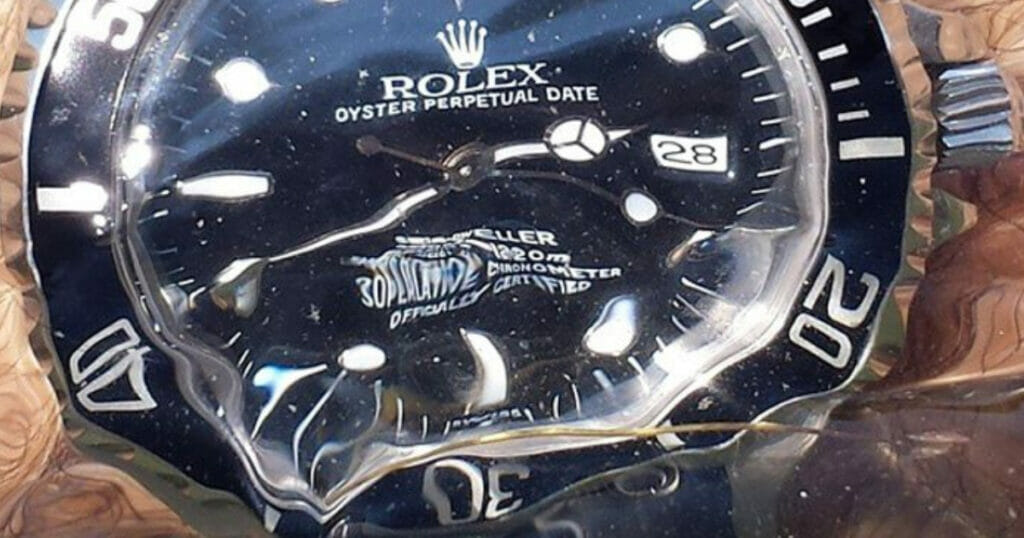
Waterproof Vs. Water-Resistant – A Brief Overview
In this case, we’ll start with the short, informal answer and then move into more detailed explanations of these terms, and the various claims that are associated with them.
Briefly speaking, the simplest way to explain this concept is that “waterproof” is defined as something that is completely impenetrable to water, while “water-resistant” is something that can hold back water, but is not completely impermeable to it.
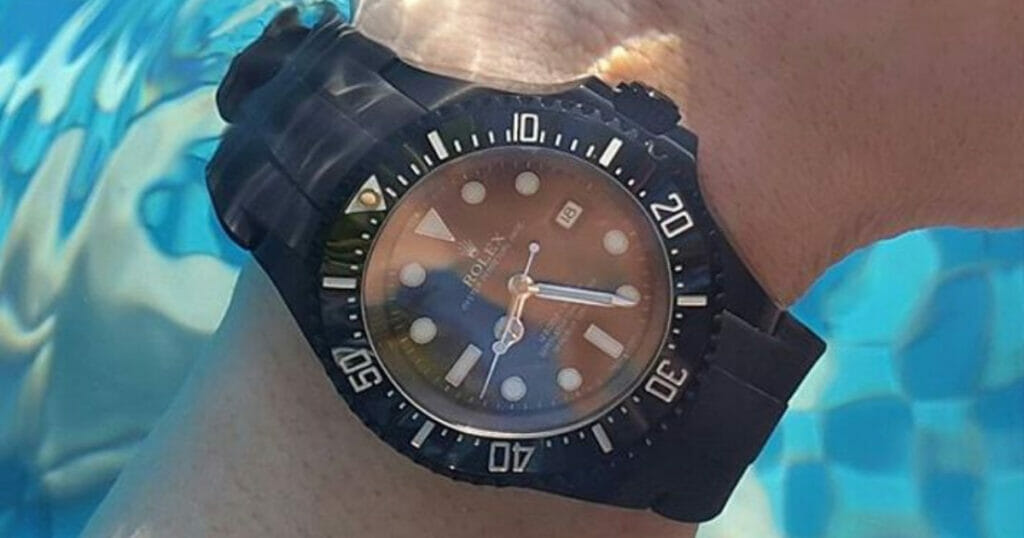
There are several reasons that it is important to understand the difference between these terms, but first and foremost among them is that doing so will help to make you a more informed consumer. Unfortunately, some companies will use these terms interchangeably or have the term “waterproof” in their advertising when what they really should be saying is “water-resistant.”
Unfortunately, it is not technically illegal to use these terms in place of one another, which means that it is very important that you look at the product specs and fine print of any watch before you purchase it, especially if you are planning on using it as a diving watch. Knowing the limits of your equipment before you make any kind of purchase will often save you a lot of heartaches, and money, in the long run.
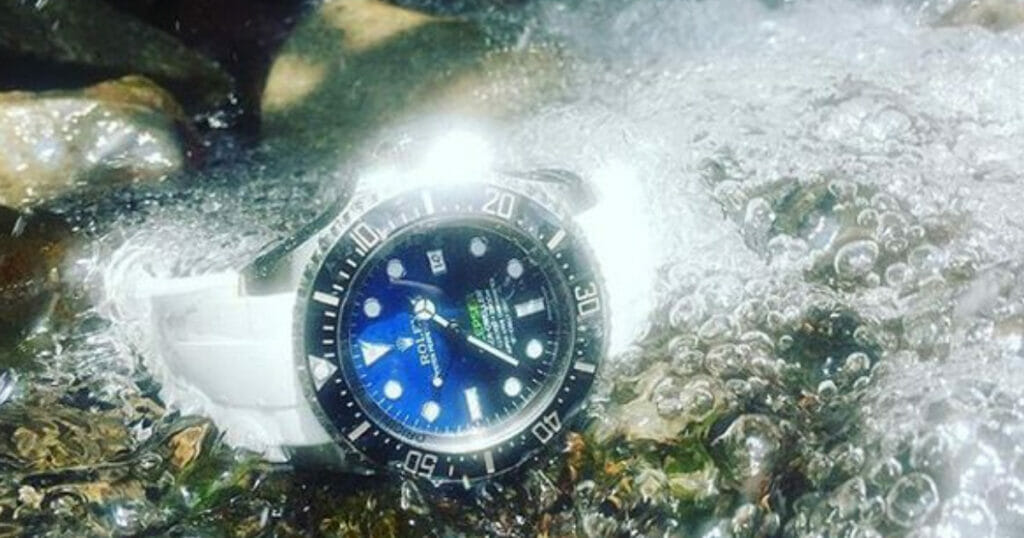
Before we go any further into exploring these terms, it is also worth stating a very important fact at this point: no watch can ever truly be 100% waterproof. This is something that many people have found out the hard way, and as a watch collector, we are attempting to help save you a lot of time and trouble by letting you know this upfront. But why is this the case?
Why Can a Watch Never Truly Be Waterproof?
Again, remember that we are defining waterproof in this instance as “something that cannot be penetrated by water at all.” And despite the fact that certain watches, such as the storied Rolex Sea-Dweller, are certainly very water-resistant and made especially for diving, you should be wary of any watch that claims to be completely waterproof. But why the need for skepticism in this case?
While the answer may not be readily apparent at first, once the facts are actually laid out, it is very easy to see why this is the case. Simply put, it has to do with how watches are made, and more specifically, what they are made out of.
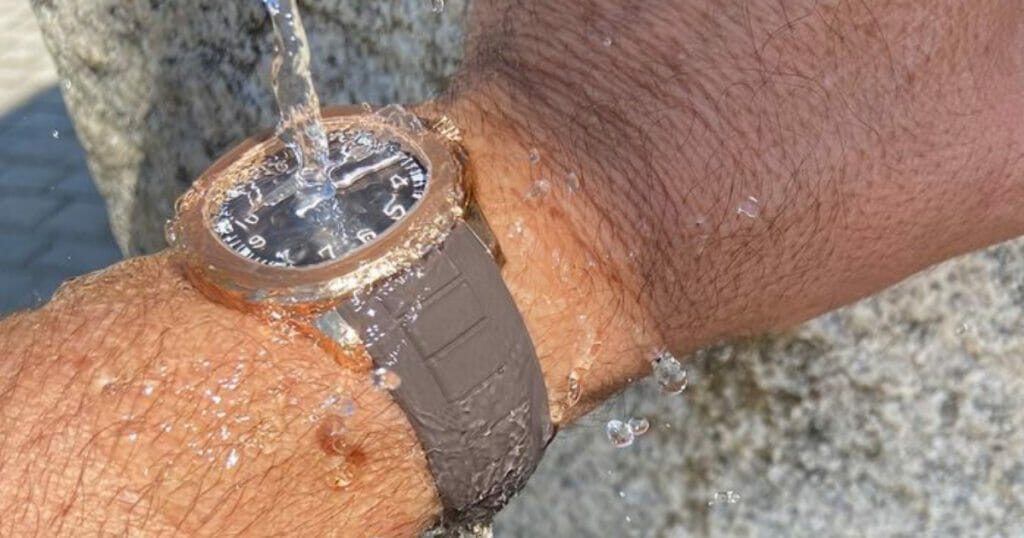
Watches, like everything else on the planet, are, at their core, made from naturally occurring materials and elements. And no matter how well-constructed an item is, anything that is constructed from things found in nature will, over time, be subjected to damage and aging just by virtue of existing – what most people commonly refer to as “wear-and-tear” on a product.
There is one notable exception to this, though, that should be stated for the record. Rolex has guaranteed true waterproofness for their watches up to 100 meters, and in some cases, further than that. They would not be able to make these claims without the risk of legal action if they were not true, and they are largely able to do so because the Oyster® steel that they use to make their cases is truly a technical marvel.
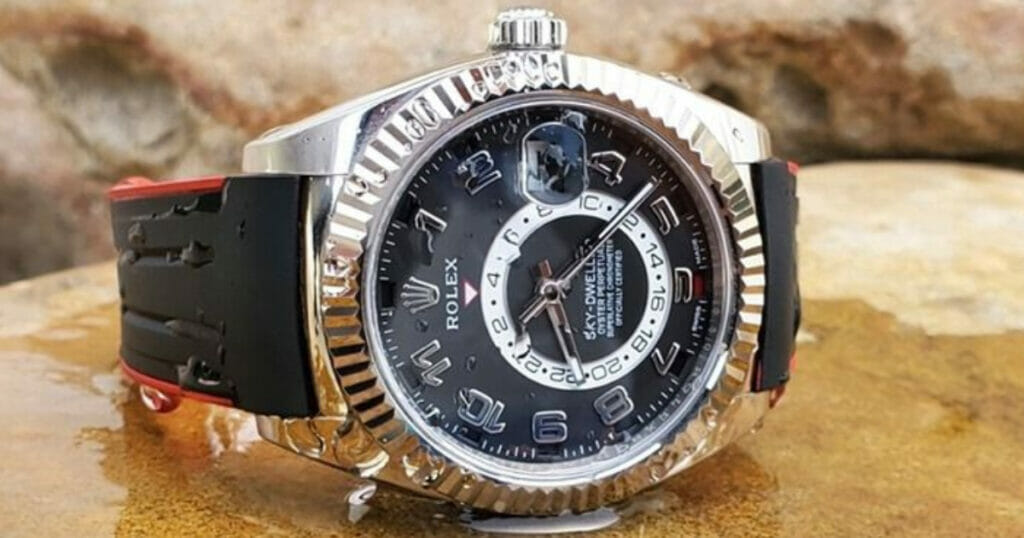
It is important to clarify that this does not mean that diving watches are going to break if you bring them into a shallow pool, or other such hyperbolic statements of that nature. What it does mean is that you cannot just treat your watch anyway you would like and expect it to last forever – as with many other things of import, if you want it to last for a long time, you must make an effort to take care of your watch.
What Are Some Ways To Protect Your Watch Against Water Damage?
In the case of your beloved luxury timepiece, with regards to water, one of the most important things you can do for your watch is to regularly make sure that the seals have not become too degraded. While prolonged exposure to extreme cold or heat can certainly hasten the damage to these seals over time, even just having the watch out in the air will cause a slight degradation, so there is no way to completely avoid having to replace these seals at some point.
This is essential because the seams in your watch ensure that there are no gaps in its construction, and it is when these gaps become exposed that water is able to get inside of the watch and do real damage to the timepiece. As such, it is your job as the owner of the watch to do everything within your power to prevent this from happening.
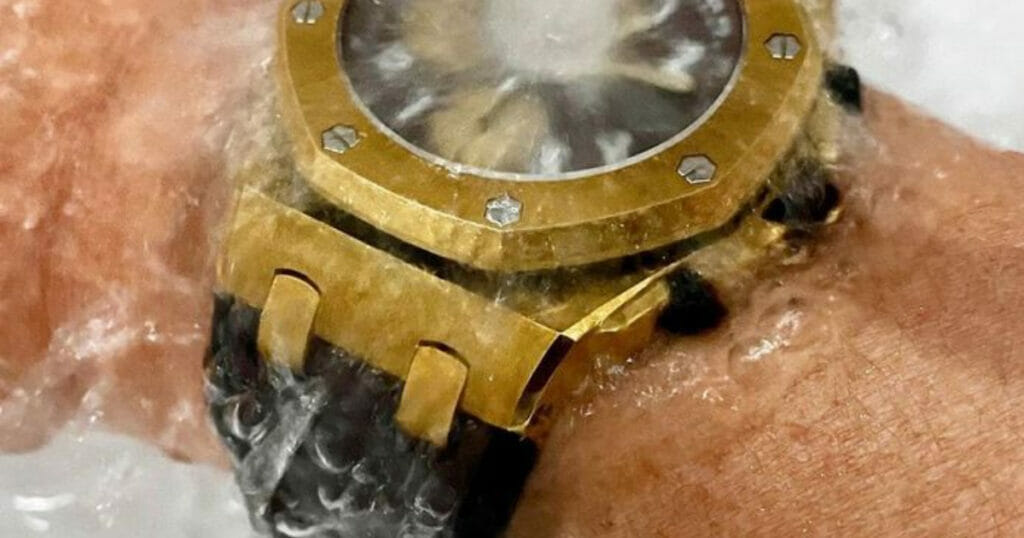
The best way to go about this is to take your watch to a trusted jeweler or watchmaker and have them service it for you. For most people who repair watches professionally, offering a dry pressure test on your watch should be a standard part of the services they provide.
This will allow you to know what condition your watch’s seals are in, and if they do need to be replaced, you can have the issue taken care of by the repair technician in a prompt and professional manner. This will allow for significant peace of mind, and quite frankly, you truly cannot put a dollar value on that, especially when it comes to the well-being of your watch.
While each watch is a unique case in and of itself, it is, generally speaking, a good idea to have your watch serviced every two years to ensure that it is running properly and not in need of any serious repairs. This will help to ensure that your watch lasts for many, many more years to come and can be passed on as a family heirloom, if you so choose.
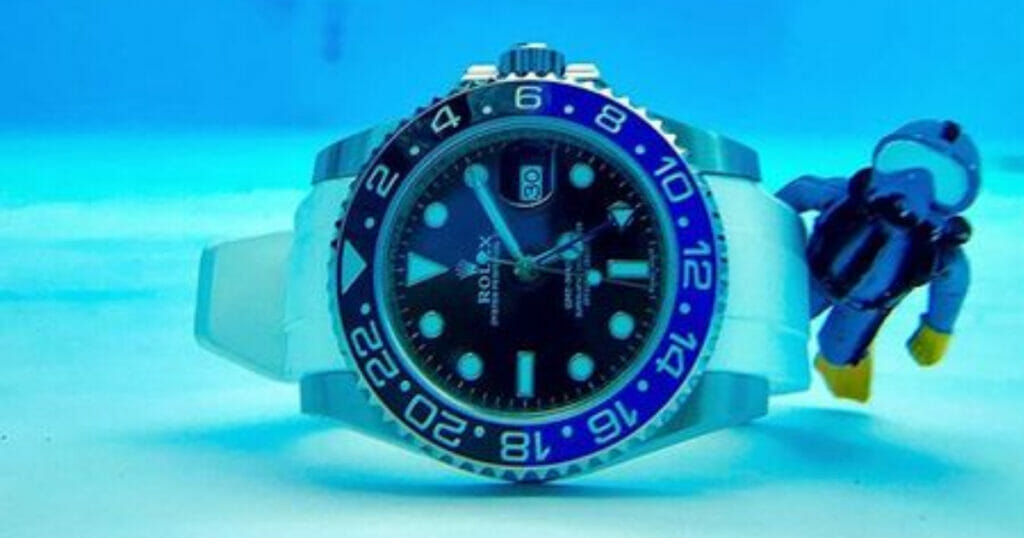
It is also worth spending some time understanding how watches are actually tested for water resistance, as this will offer you some further insight as to how to best care for your watch.
How Are Watches Tested For Water Resistance?
While people will often evaluate how water resistant a watch is before they actually buy it, the general public is largely unaware of how watches are tested for water resistance in the first place. Having some insight into that process will not only explain how these conclusions are reached, but offer additional insight into the care and upkeep of your watch.
With very few notable exceptions, most of the time, when a watchmaker is testing a watch for water resistance, they will perform what is called a dry, or static, test to evaluate whether the seams are performing correctly or not. This is undertaken by applying an immense amount of air pressure on the watch and seeing if there are any notable leaks or deformities in the piece afterward. If a watch passes this test without any incident, it then receives the certification of “water-resistant.”
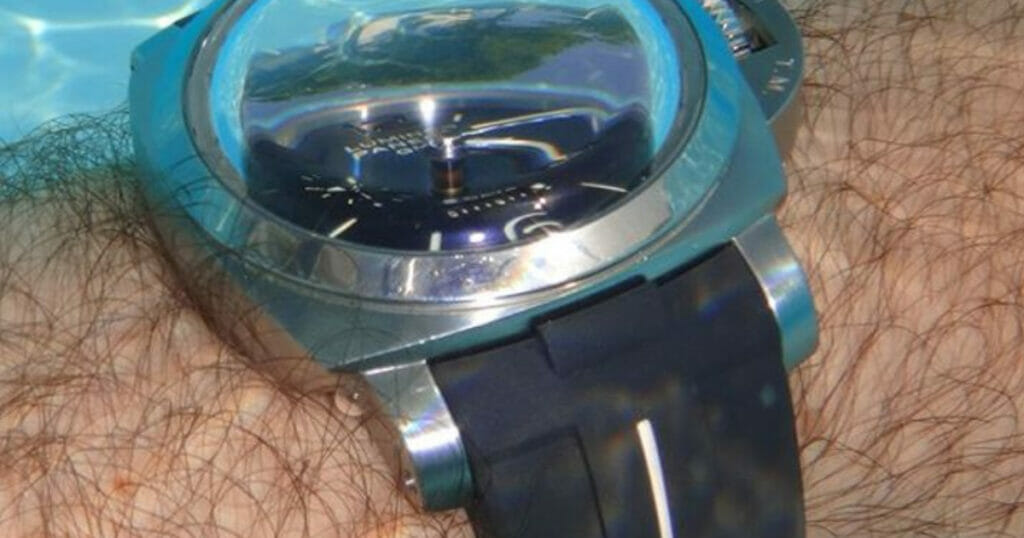
It is important to note that, at no point, is the watch ever submerged in water for these kinds of tests, which have led some people in the horology industry to actually question how useful they are. The issue is that, while submersion testing may seem more useful on its face, it is more likely to needlessly damage the watch during the test. But if the watch can resist water, why would submersion testing be an issue?
Active submersion, as it is known in the watchmaking world, is the act of repeatedly submerging a watch in the water to see if it sustains any serious damage. When this kind of testing is conducted, it is most often done in a way that simulates traditional swimming strokes.
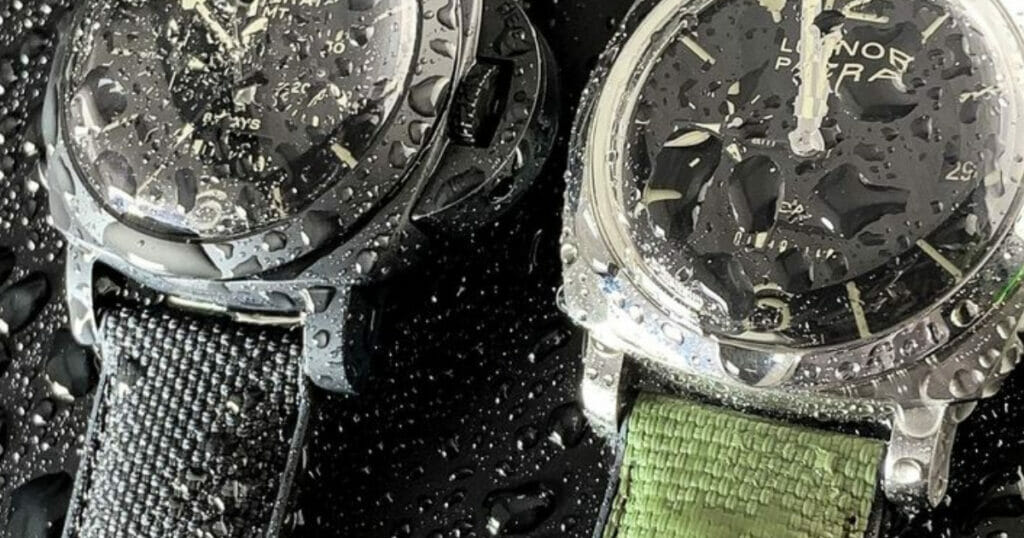
The issue with this kind of testing is not the water itself, but everything else that comes with it – in this instance, the sudden changes in both temperature and pressure that are suddenly, and repeatedly, placed on the watch. In other words, while the watch may very well do an excellent job at keeping most of the water out via its seems, the rapid changes from cold to room temperature, as well as being underwater and then not underwater, may actually do more damage to the watch then you would by just getting it wet for a few seconds.
Because of this, many watchmakers do not see the point in using active submersion to evaluate the water-resistance of their pieces. As such, though dry testing is an imperfect method to evaluate a watch’s resistance to water, it appears to be the best method that is currently available to watchmakers at this moment in time.

Now that you have a better understanding of how watches are tested for water resistance, it would be useful to spend a brief moment looking at the ratings that a watch is assigned after it has undergone testing.
How Are Watches Rated For Water Resistance?
Watches are most commonly rated for water resistance using one of three different scales. Of these three scales, the general public is most likely to have only heard of the first one, as the other two are only really used in the scientific community, and thus not as common.
Most frequently, a watch’s water resistance will be listed in meters, which can be written with a capital or lower case M (its meaning does not change, regardless of how it is notated.) For our non-metric readers, a meter is equivalent to 3.28 feet. This is a traditional measure of distance and is pretty easily understood.
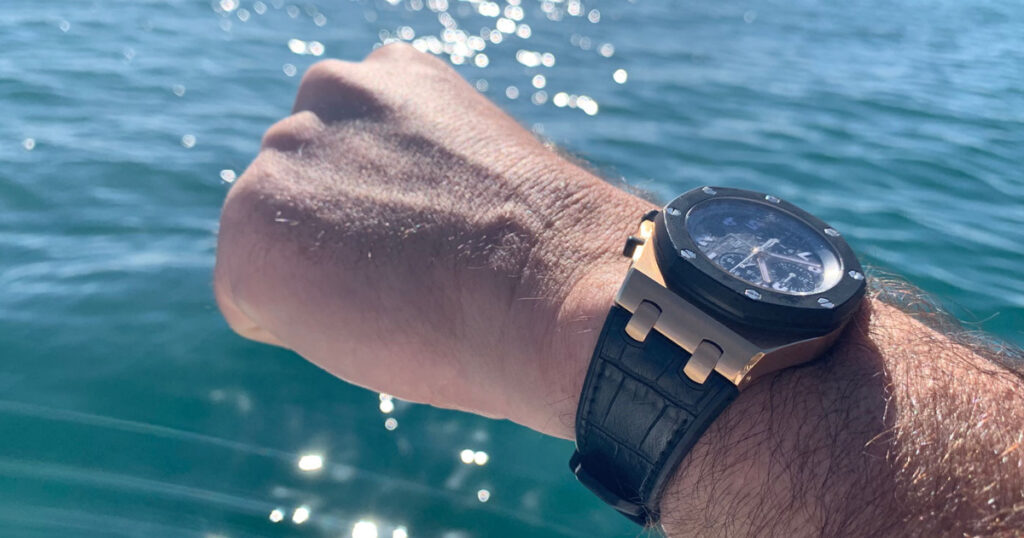
The second way that a watch’s water resistance will be notated is in ATM’s, or atmospheres. Being that many of these watches are intended for deep-sea diving, it stands to reason that they would want to notate water resistance in this fashion. One ATM is equal to 10 meters, which would convert out to about 32 feet.
The final way that a watch can be rated for water resistance is by bars, which is a special unit of measurement, and unique among these three notation styles. This is because a bar is not a unit of distance – rather, it is a unit of pressure, which is very important when discussing any kind of diving equipment. One bar equals one ATM, so they are equivalent.
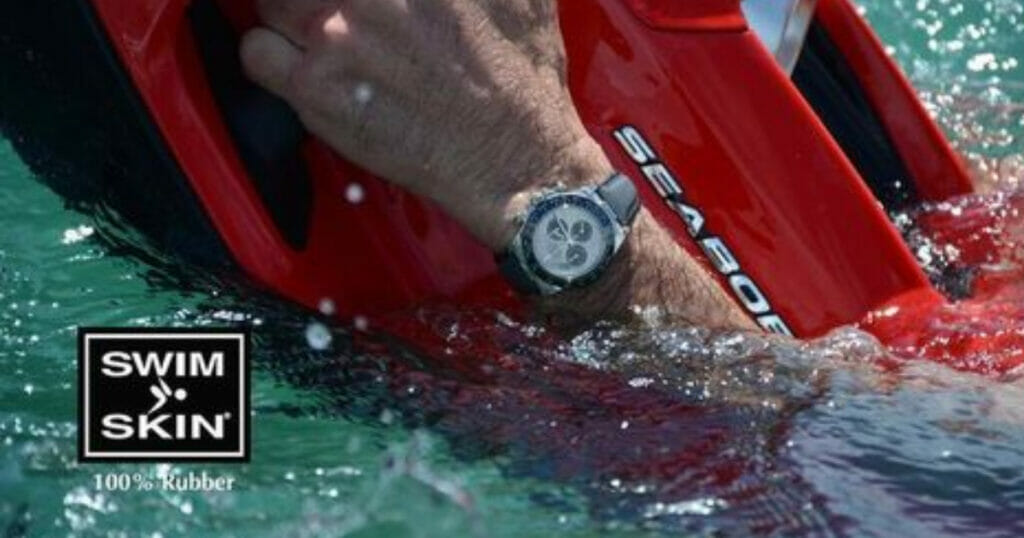
While a bar is something that may be discussed among collectors and watchmakers, it is not often printed on the dial of the watch, and you may have to do some quick math if you are trying to figure out how water resistant your watch is in bars.
Are You In Need of a Custom Rubber Watch Band For Your Luxury Watch? Visit Rubber B Today
If you are in need of a custom rubber watch strap for your luxury timepiece, please visit the Rubber B website today to get more information about our complete product catalog, as well as our pricing and shipping policies.
Follow is on Instagram

